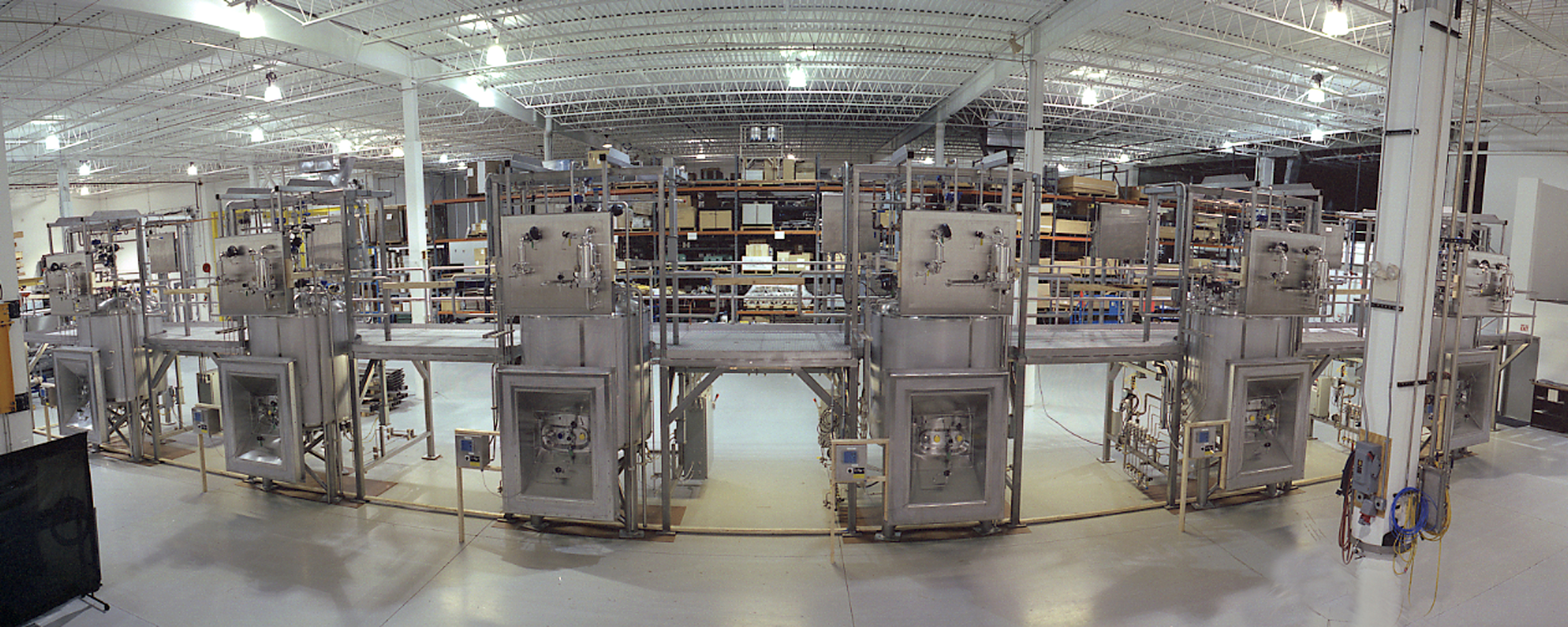What are the Keys to Success to a Sanitary Skid Design/Build Project?
Holland Applied Technologies has been designing and building sanitary/hygienic process skids and modules for the past 20 years. Over that period we have gained a lot of experience on the subject of what makes sanitary skid projects go well and on occasion not so well. We have put together our thoughts on this and are presenting them in a five part series. For the next 5 Thursdays we will opine on our experience in designing and building sanitary skids and in our opinion what are the keys elements for a successful project from the vendor’s point of view.
Getting the Best Proposal from your Modular System Design and Build Vendor
A successful sanitary process skid project almost always begins with a good estimate and proposal. Accuracy is critical to making an informed evaluation in a competitive bid situation. The following keys will improve bid accuracy and should result in a smooth transition from the bid phase to project kick off.
1) Allow a reasonable amount of time for bidders to prepare a quality proposal.
“Reasonable” is a difficult term to quantify, but generally speaking, one to two weeks is enough time for vendors to produce a quality proposal. Depending on the magnitude, more time may be required. Requesting one to two day turnarounds on a biopharmaceutical system of almost any kind leads to mistakes, surprises and wide variances in pricing.
2) Minimize extraneous specifications and documents in bid package.
Invariably, the first task in producing the estimate is to disseminate what information is provided in the bid package. In many cases, specifications and documents that aren’t applicable are included. Reviewing each and every document takes time. Taking the time to review and submit only the most pertinent information in a bid package will greatly assist vendors in producing a quality estimate.
3) Use easy to understand file names for documents.
Many times, document file names are encrypted by the internal specification number. Each must be opened and reviewed to determine if it is pertinent or not. It is easy to forget or perhaps miss entirely having reviewed a document having only an alpha-numeric name. If the pipe specification is “10530”, title the file “Piping Specification 10530”. Believe it or not, these small details assist greatly when working on a bid package.
4) Streamline the Request for Information (RFI) process.
Easier said than done, but this is a critical component to the bidding process. Even the best sanitary skid bid package will produce questions from vendors. Timely responses are critical. Even if all questions cannot be answered, provide them as you get them. That is to say, please don’t wait until all questions are answered before submitting the response. If an answer cannot be provided, which occasionally happens, please offer direction on what assumptions to make so that they can be stated clearly in the proposal.
5) Keep bid forms simple.
All too often, a significant amount of time must be dedicated to rearranging vendor cost estimates into the client preferred format. This takes time and can lead to misinterpretations of the break outs and in some cases, mistakes. Simple, broad categories for breakouts work best. If additional detail is required, be sure than the line item description is clear.
6) Include simple easy- to-understand attachments to further clarify expectations.
What are these? Simple hand sketches, for example. While not a proper drawing, a simple hand sketch can communicate more information than pages of text. Provide pictures of existing details if they are available. One client generated a “Cliff’s Notes” version of the project specifications in the form of an easy to understand document that highlighted critical points. It turned out to be a tremendous tool to communicate expectations and fine details.
7) Provide feedback to vendors after order award.
Win or lose, customer feedback is critical. Did we lose the project on pricing? Delivery? Technical merit? Familiarity with another vendor? Accurate, honest feedback will almost certainly help with the next sanitary skid proposal.








